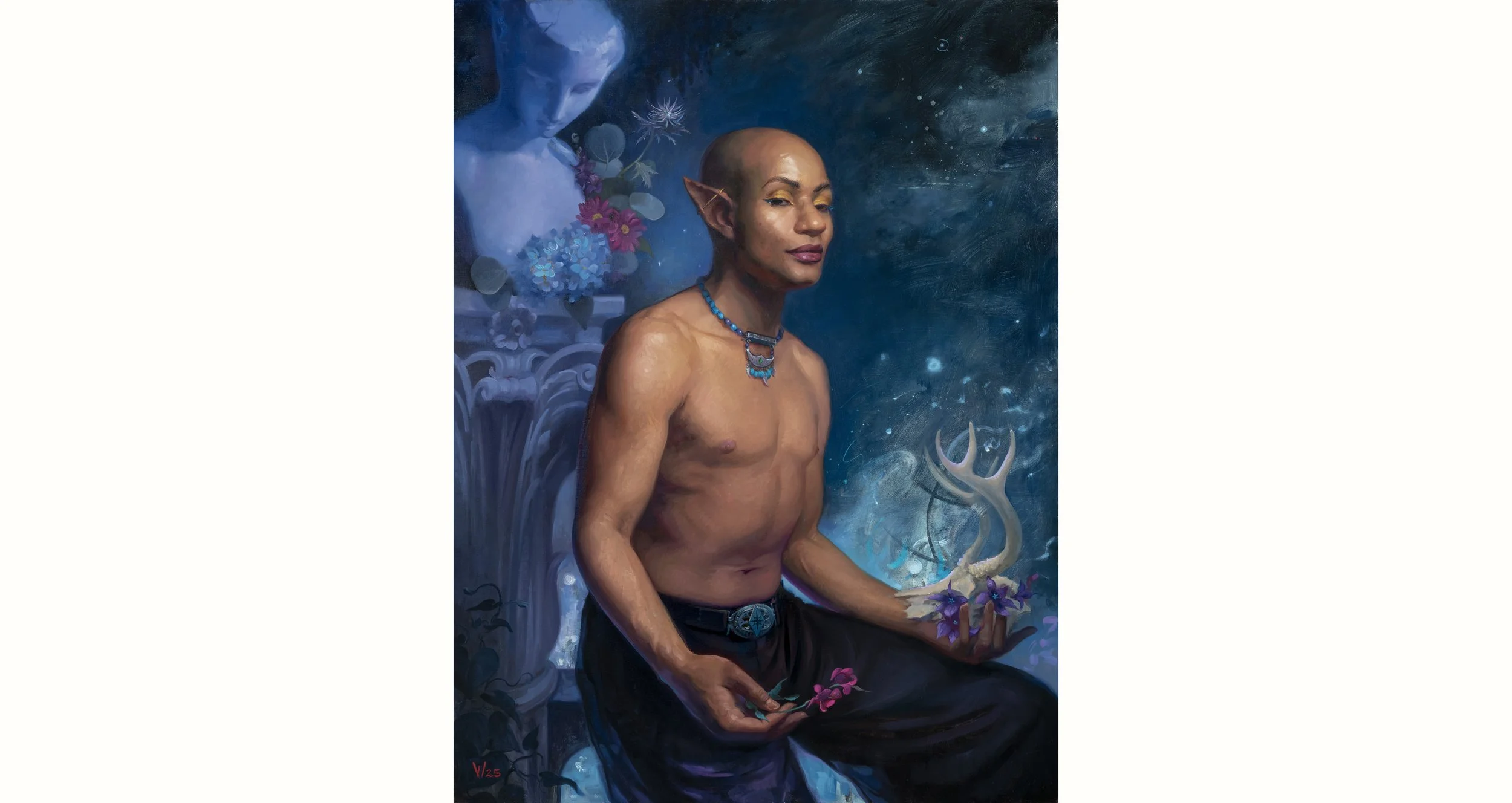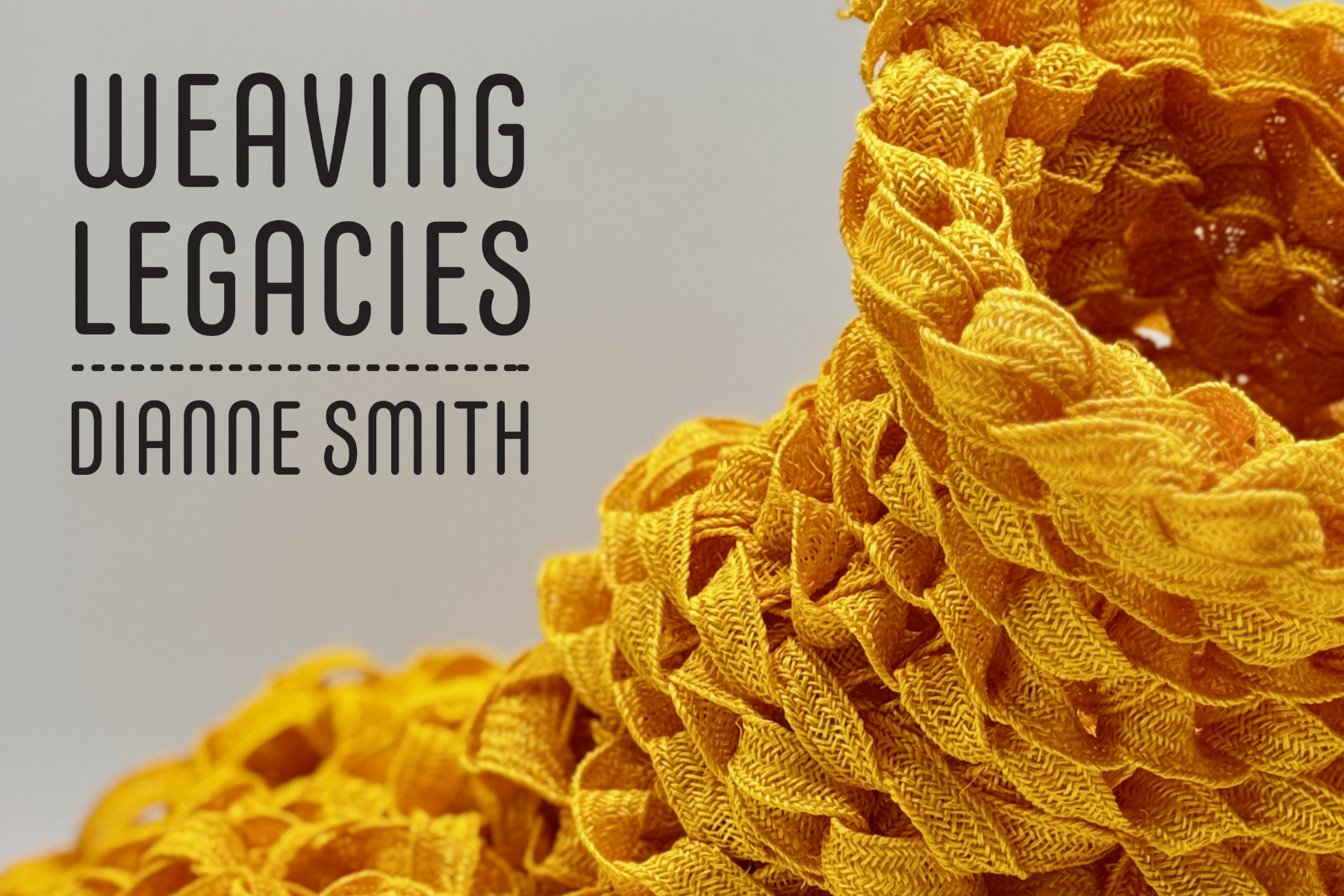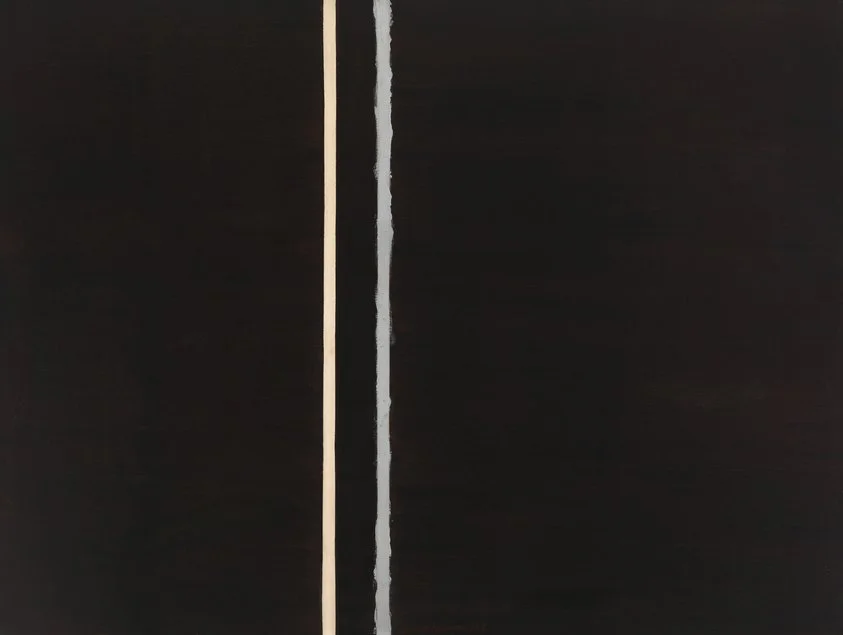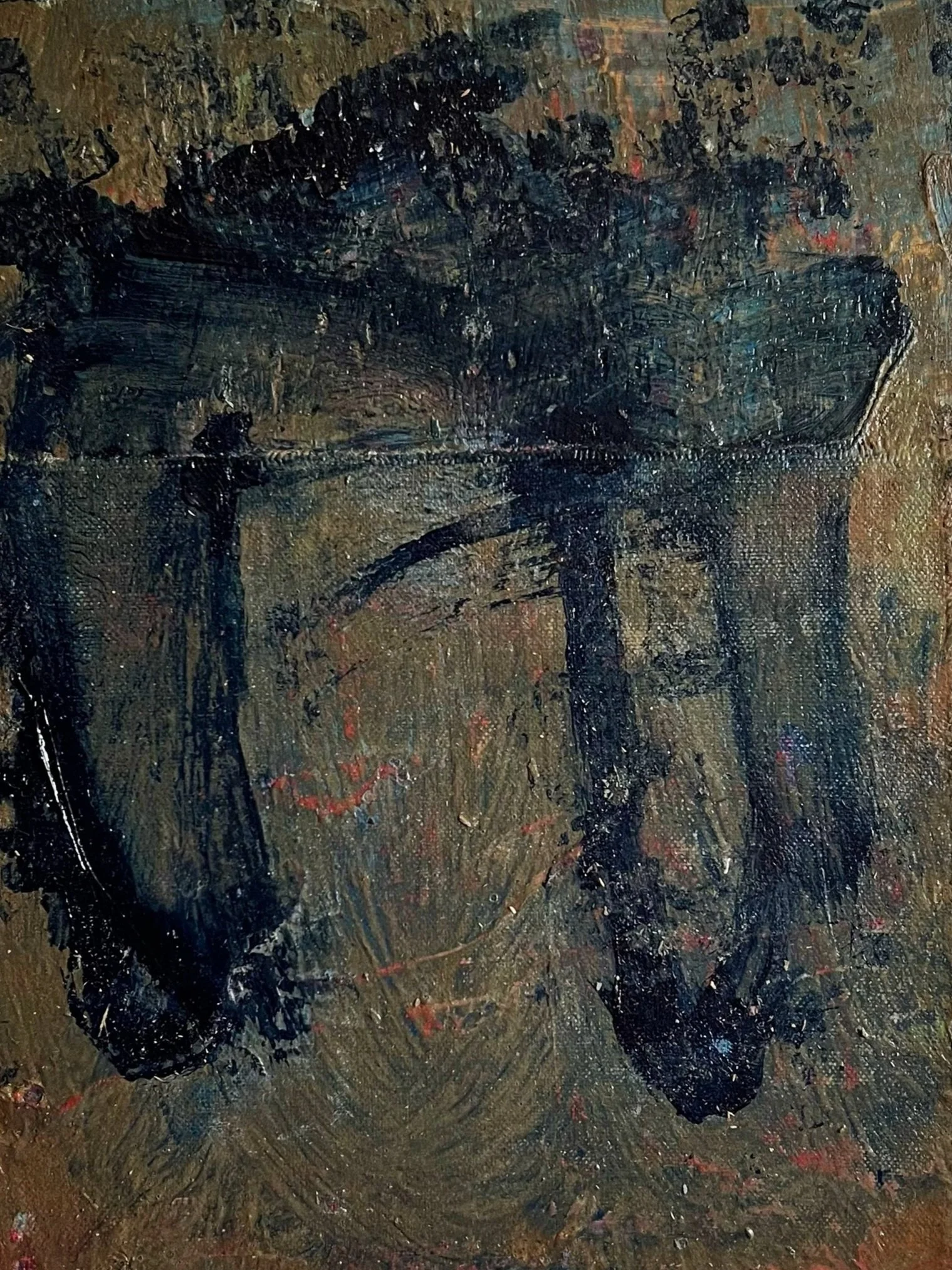Anne Russinof, "Gestural Symphony"
Anne Russinof, Gestural Symphony
Jan. 8th – Jan. 31st, 2026
Opening Reception: Thursday, Jan. 8th, 2026, 6 – 8pm
New York Artist Equity Association (NYAE) is pleased to announce a retrospective exhibition honoring the life work of the beloved abstract painter Anne Russinof (1956 – 2025). The exhibition is curated by Emily Berger and includes an allied group exhibition of small works contributed by Russinof’s extensive network of fellow practitioners. An accompanying catalog featuring works from the exhibition and an essay by art critic Paul D’Agostino is available upon request.
Anne Russinof was best known for her chromatically expressive compositions that paradoxically allowed for chance and accident while maintaining a dynamic tension via a highly evolved spatial architecture. Originally from Chicago, she attended the School of the Art Institute of Chicago and subsequently moved to Brooklyn and earned an MFA from Pratt Institute. Russinof was awarded residencies at the Yaddo and Millay Art Colonies and was an active member of the New York Artists Equity Association (NYAE) and American Abstract Artists. She exhibited widely including showing her work at NYAE’s Equity Gallery in 2019, alongside her life partner Tony Saunders and colleagues Denise Gale and Susan Still Scott, in an exhibition she curated titled Object Oriented.
The show title is telling; in describing her work she noted, “My recent work features forms that have come away from the edge of the canvas to float on their own. They are objects both known and unknown to me, having occurred spontaneously. Quite personal, and freed from some former constriction, these gestures express themselves as flying entities, weightless and yet held in place by their respective atmospheres. Painted wet-on-wet, my work has always been about gesture, and these figures perhaps more literally allude to the body, and the need to take a stand, as it were, in the swirling space around us.”
The upcoming exhibition at Equity Gallery will include paintings from this period, which Russinof termed “Cursive”. Featuring monosyllabic fields emblazoned with color-contrasting gestural waves, these works are signature Russinof—emblematic of her mature style and expressive color/space explorations.
A prolific inventor and steadfast practitioner, Russinof completed a number of fully realized painting series in her lifetime. Curatorial efforts sampling these distinct investigative pivots is evident throughout the show. Works culled from periods with lyrical titles such as “Soft Geometry”, “Baroque” and “Loose Grids” betray her love of rhythmic movement and demonstrate how Russinof formalized an extensive and unique lexicon of recurring symbols and visual elements to stage an aesthetic theater improvising the infinite possibilities of painterly gesture.










































